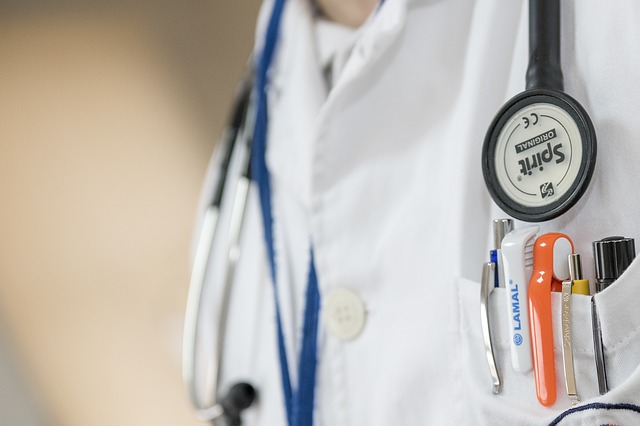Varicose Veins
What’s The Difference Varicose Veins vs Spider Veins?
Simply put, varicose veins are large and raised up, swollen if you will, and spider veins are smaller. Both are highly visible, and both types of veins twist and turn. While both types of veins most prominently show up on people’s legs, they are also sometimes visible on the chest and face.

Self diagnosis is often difficult and you may need the help of a vascular surgeon in Beverly Hills, CA to confirm that is in fact the vascular condition.
Common Causes
Some people are predisposed to varicose veins based on heredity. While genes do play a role, there are quite a few other factors that come into play as well. Obesity and hormonal influences are two other contributing factors, as is a history of blood clots, constipation, and other conditions that increase pressure in the abdomen.
Hormonal replacement has also been shown to be a common cause, and the same goes for occupations that require people to stand all day long. Injury or trauma to the skin may also cause varicose or spider veins, as can increased exposure to ultraviolet rays.
Women typically develop varicose and spider veins more often than men. Cumulatively, anywhere between 30 and 60 percent of adults develop varicose veins. While unsightly, do these veins cause any other symptoms?
Varicose Vein Symptoms
Quite a few people with varicose veins do complain about pain symptoms. What types of pain symptoms do they experience? Most often, the pain is described as a cramping. What other symptoms do people report?
People also mention that restlessness, and they report throbbing and tingling sensations. A burning sensation is also felt by some, as is a heaviness in the legs.
Women who are pregnant or menstruating may experience more severe symptoms at times. Pigmentation of the skin may change, specifically around the ankles, and ulcers may also develop. Patients may also report swelling and painful blood clots in the form of thrombophlebitis.
Treatment Options
What are the spider vein and varicose vein treatment options? Since obesity can play a role, it is important to address whether or not you need to lose weight. Certain types of lifestyle changes can have a huge impact on treating varicose veins and their symptoms.
A diet low in sodium or salt is going to help reduce swelling and inflammation. Many people also wear support hose or support stockings. These stockings help reduce pain and other symptoms of discomfort. There are pantyhose style socks or what’s called support hose, or you can purchase support stockings that are either above-the-knee or below-the-knee. While these support stockings are available at surgical supply stores, they are also quite commonly found at many pharmacies for easy pickup.
Sclerotherapy is a procedure that has been around for decades. This treatment also helps to reduce the visibility of both spider and varicose veins. It takes up to 6 weeks for the veins to disappear gradually. The procedure involves either injecting a special detergent or a saline solution. This is an outpatient procedure, and it is considered to be relatively inexpensive.
Laser treatment is another option available to you if you have varicose or spider veins, as is radiofrequency occlusion. For radiofrequency occlusion, a catheter is inserted, collapsing the veins and sealing them. Both laser treatment and radiofrequency occlusion are typically outpatient procedures, just like with sclerotherapy.
Final Thoughts
Surgery is also an option. Four choices available to you are ligation, stripping, endoscopic vein surgery, and ambulatory phlebectomy. Naturally, you are going to want to consult with your family doctor and a specialist as you work your way through the treatment options. Some people seek no treatment at all as not everyone experiences painful symptoms. Others address varicose and spider veins simply for cosmetic reasons. Explore your treatment options from an experienced vascular surgeon in Beverly Hills, CA, and decide your next step.